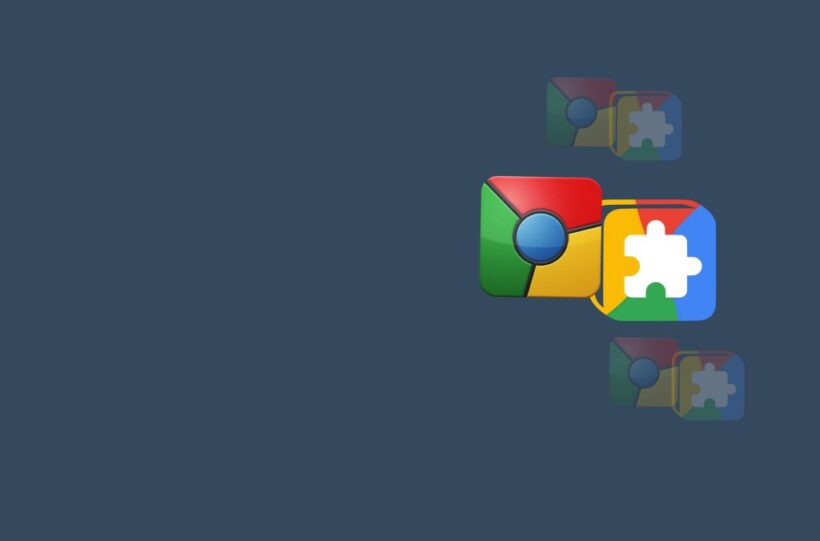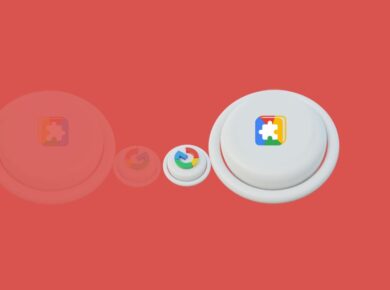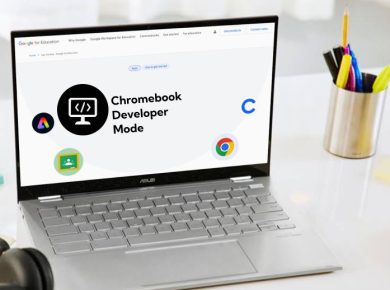Extension icons are graphical representations of browser extensions, typically displayed in the browser’s toolbar or extension management page. These icons serve as visual identifiers, providing users with a quick and intuitive way to recognize and interact with the extension’s functionality.
Well-designed extension icons can enhance the user experience, improve extension discoverability, and contribute to the overall visual appeal of the browser interface.
Purpose of Extension Icons
The key purposes of extension icons include:
- Visual Identification: Extension icons provide a visual cue that helps users quickly identify and distinguish the extension among other browser features or extensions.
- Functionality Indicator: The icon’s design often conveys the extension’s primary purpose or functionality, giving users an immediate understanding of what the extension does.
- Toolbar Presence: The icon is usually displayed in the browser’s toolbar or extension toolbar, providing easy access to the extension’s features and settings.
- Branding and Recognition: The icon serves as a branding element, helping users recognize and associate the extension with its developer or organization.
Benefits of Well-Designed Extension Icons
Using well-designed extension icons offers several advantages:
- Improved User Experience: Visually appealing and intuitive icons enhance the overall user experience by providing a clear and familiar representation of the extension’s functionality.
- Discoverability: A unique and memorable icon can make the extension stand out in the browser’s interface, making it easier for users to discover and locate the extension’s features.
- Toolbar Customization: Users often have the option to customize their browser toolbar, and a well-designed icon can make the extension a desirable addition to their toolbar setup.
- Brand Recognition: The icon can serve as a visual anchor for the extension’s brand, fostering user recognition and loyalty.
Design Considerations for Extension Icons
When designing extension icons, there are several important considerations, here are some of them:
- Simplicity and Clarity: Aim for simplicity and clarity in the icon’s design, ensuring it is easily recognizable and understandable at various sizes.
- Relevance and Context: The icon’s design should convey the extension’s purpose or functionality, providing users with a visual hint about what the extension does.
- Color and Contrast: Use colors and contrast effectively to make the icon stand out while ensuring it aligns with the browser’s overall aesthetic.
- Scalability and Consistency: The icon should be designed to look crisp and consistent across different sizes, ensuring it remains recognizable in various browser UI contexts.
- Platform Guidelines: Follow the design guidelines and best practices provided by the browser platform to ensure consistency and compatibility with the browser’s interface.
Creating Extension Icons
To create effective extension icons:
- Understand the Extension’s Purpose: Start by clearly understanding the extension’s primary purpose and functionality, which will guide the icon’s design.
- Keep It Simple: Opt for a simple and straightforward design that conveys a single, clear idea. Avoid overly complex or cluttered icons.
- Use Familiar Metaphors: Consider using familiar metaphors or symbols that users can easily associate with the extension’s functionality.
- Test Across Sizes: Ensure that the icon looks crisp and recognizable at various sizes, as it may be displayed in different UI contexts, such as the browser toolbar or extension settings page.
- Follow Platform Guidelines: Refer to the browser platform’s design guidelines to ensure your icon aligns with the browser’s aesthetic and follows any specific requirements or restrictions.
Extension icons play a crucial role in the user experience, visual identification, and branding of browser extensions. Well-designed icons enhance the overall browser interface, improve extension discoverability, and provide users with a quick visual cue about the extension’s functionality.
By investing in a simple, clear, and contextually relevant icon design, developers can make their extensions more approachable, recognizable, and visually appealing to users.




